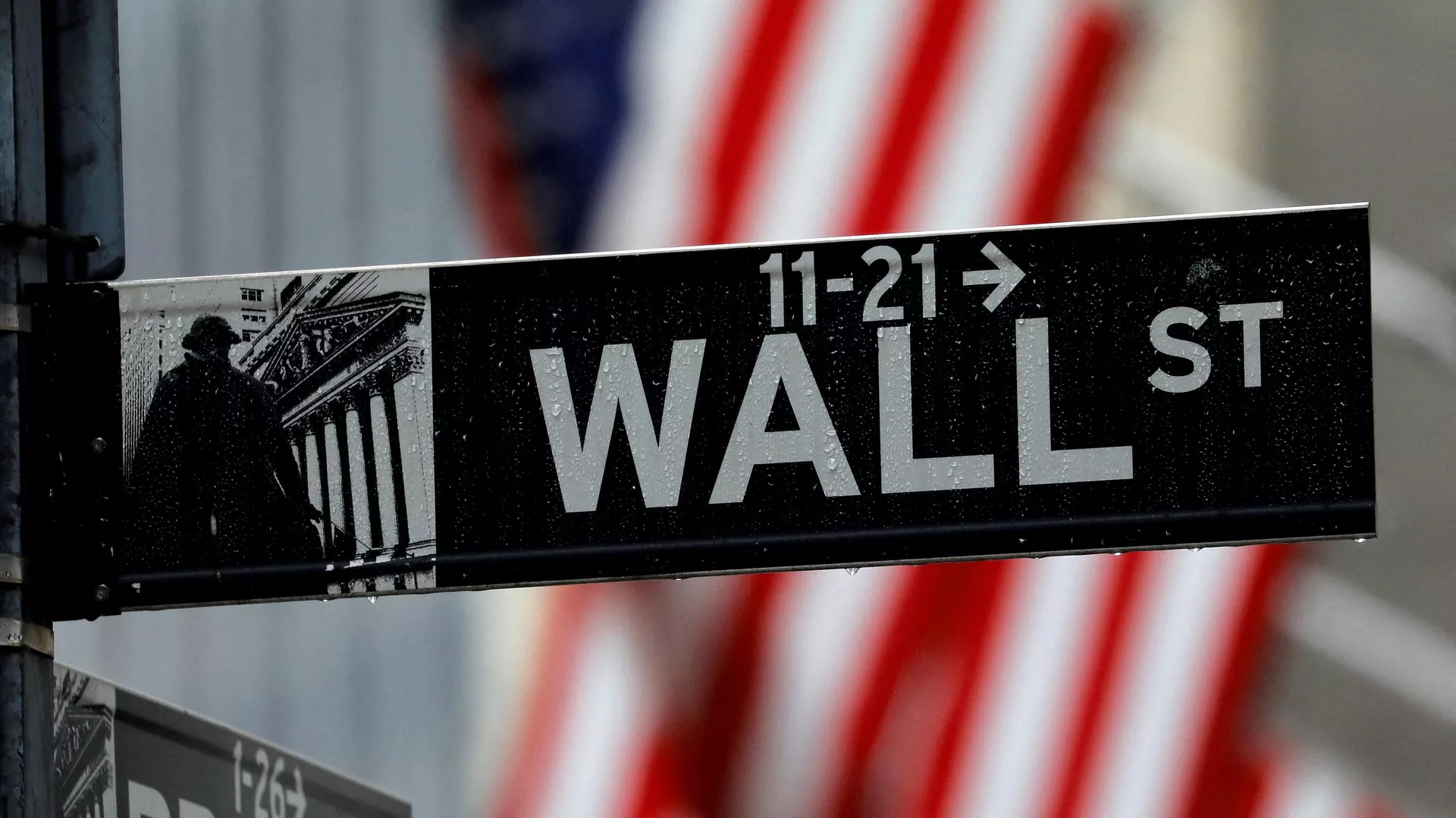https://sputnikglobe.com/20220331/us-stocks-plummet-500-plus-points-as-biden-announces-hefty-oil-reserves-release-1094371067.html
US Stocks Plummet 500-Plus Points as Biden Announces Hefty Oil Reserves Release
US Stocks Plummet 500-Plus Points as Biden Announces Hefty Oil Reserves Release
Sputnik International
On Thursday, the White House announced that it would begin the daily release of some 1 million barrels of oil, totaling around 182 million barrels of oil from... 31.03.2022, Sputnik International
2022-03-31T20:02+0000
2022-03-31T20:02+0000
2022-11-03T18:25+0000
us stocks
dow jones
us oil reserves
joe biden
https://cdn1.img.sputnikglobe.com/img/07e6/03/1f/1094371784_0:321:3071:2048_1920x0_80_0_0_951e69bcb2228f3c3d98dd4ec0bee204.jpg.webp
Preliminary data shows that US stocks closed up the first quarter on Thursday with its largest quarterly decline in two years. As the conflict in Ukraine persists and the Federal Reserve responds to inflation, the S&P 500 observed a loss of 1.57%, to 4,530.41, while the Nasdaq Composite fell 1.54% to 14,220.52 and the Dow Jones Industrial Average plummeted 535.80 points (1.52%) to 34,693.01. Losses deepened during the final hour of trading on Thursday, which marked the last day of trading for March, as well as the first quarter. Brent crude, a waterborne crude oil used as the international benchmark for much of the world's oil, settled down $5.54 (4.9%), at $107.91 per barrel, following a session low of $104.20 per barrel. Brent was up nearly 7% for March, and rose some 39% for the first quarter. West Texas Intermediate (WTI) crude, the US oil benchmark, settled down $7.54 (7%), at $100.28. WTI was up nearly 5% for March, and rose some 33% for the first quarter. Thursday's market close came hours after the White House announced it would releasing an unprecedented total of 180 million barrels from the US Strategic Petroleum Reserve over the next six months. Overall, both the S&P 500 and Dow Jones Industrial Average respectively closed down 5.2% and 4.8%, and the Nasdaq shed around 10% in the first quarter. Market data showed that although consumer prices rose a bit in February amid intensified pricing pressures, personal consumption expenditures (PCE) rose by 0.4% (excluding food and energy data). The PCE number falls in line with the expectations of the Federal Reserve.Ken Polcari, a managing partner at Kace Capital Advisors, told Yahoo Finance that although the number was on target for the Fed, the US central bank will likely become more aggressive in raising interest rates to address inflation. "The PCE number came out today, which is the Fed’s preferred number, and although that was right on target, it was higher than it was last month, and the sense is it is going to continue to go higher, therefore you are seeing some weakness," Polcari told the outlet.Let's stay in touch no matter what! Follow our Telegram channel to get all the latest news: https://t.me/sputniknewsus
https://sputnikglobe.com/20220331/us-to-release-1-million-barrels-of-oil-a-day-from-strategic-reserves-over-next-six-months-1094364316.html
Sputnik International
feedback@sputniknews.com
+74956456601
MIA „Rossiya Segodnya“
2022
News
en_EN
Sputnik International
feedback@sputniknews.com
+74956456601
MIA „Rossiya Segodnya“
Sputnik International
feedback@sputniknews.com
+74956456601
MIA „Rossiya Segodnya“
us stocks, dow jones, us oil reserves, joe biden
us stocks, dow jones, us oil reserves, joe biden
US Stocks Plummet 500-Plus Points as Biden Announces Hefty Oil Reserves Release
20:02 GMT 31.03.2022 (Updated: 18:25 GMT 03.11.2022) On Thursday, the White House announced that it would begin the daily release of some 1 million barrels of oil, totaling around 182 million barrels of oil from the US Strategic Petroleum Reserve over the next six months. The move comes as the largest release of its kind in US history.
Preliminary data shows that US stocks closed up the first quarter on Thursday with its largest quarterly decline in two years.
As the conflict in Ukraine persists and the Federal Reserve responds to inflation, the S&P 500 observed a loss of 1.57%, to 4,530.41, while the Nasdaq Composite fell 1.54% to 14,220.52 and the Dow Jones Industrial Average plummeted 535.80 points (1.52%) to 34,693.01.
Losses deepened during the final hour of trading on Thursday, which marked the last day of trading for March, as well as the first quarter.
Brent crude, a waterborne crude oil used as the international benchmark for much of the world's oil, settled down $5.54 (4.9%), at $107.91 per barrel, following a session low of $104.20 per barrel. Brent was up nearly 7% for March, and rose some 39% for the first quarter.
West Texas Intermediate (WTI) crude, the US oil benchmark, settled down $7.54 (7%), at $100.28. WTI was up nearly 5% for March, and rose some 33% for the first quarter.
Thursday's market close came hours after the White House announced it would releasing an unprecedented total of 180 million barrels from the US Strategic Petroleum Reserve over the next six months.
Overall, both the S&P 500 and Dow Jones Industrial Average respectively closed down 5.2% and 4.8%, and the Nasdaq shed around 10% in the first quarter.
Market data showed that although consumer prices rose a bit in February amid intensified pricing pressures, personal consumption expenditures (PCE) rose by 0.4% (excluding food and energy data).
The PCE number falls in line with the expectations of the Federal Reserve.
Ken Polcari, a managing partner at Kace Capital Advisors, told Yahoo Finance that although the number was on target for the Fed, the US central bank will likely become more aggressive in raising interest rates to address inflation.
"The PCE number came out today, which is the Fed’s preferred number, and although that was right on target, it was higher than it was last month, and the sense is it is going to continue to go higher, therefore you are seeing some weakness," Polcari told the outlet.
"That only solidifies [Fed Chair Jerome] Powell and the Fed’s position to be more aggressive so there are going to be multiple 50 basis point hikes."
Let's stay in touch no matter what! Follow our Telegram channel to get all the latest news: https://t.me/sputniknewsus 



